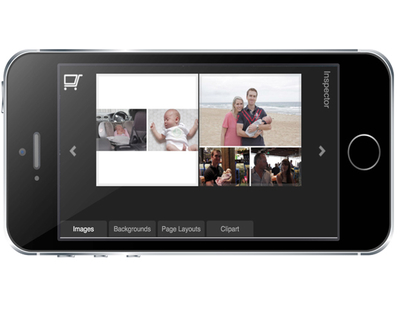New innovations in cloud-based photographic solutions including enhanced usability, flexibility and greater integration, will be shown by Pixfizz at Photokina 2014, 16-21 September, Cologne.
The company’s Cloud-to-Prints white label solution enables companies and brands to create and sell photographic products via customised online storefronts. The company will announce its latest developments during a press conference being held at the Photokina Congress Centre North, on September 16 at 16:00.
Leading the way on the developments is the ability to access, design and order photographic products directly from a Smartphone’s web browser. The HTML5 Editor includes responsive capabilities to detect and adapt to a user’s screen size whether a desktop, tablet or Smartphone. The increased flexibility and enhanced user experience dramatically increases the market potential and business benefits for customers to sell photographic products.
Another key innovation being announced is the customisation capabilities of the Pixfizz Editor. It allows customers or brands to optimise their own branding and user experiences. These include colour schemes, icons, image sources, tool tips, etc., to enable brands to personalise their storefronts and to differentiate themselves more competitively.
With the Application Programming Interface (API), customers are able to integrate to a growing list of third party applications and services, creating more opportunities for them to operate and sell. These include payment gateways, e-Commerce solutions, social media, mobile devices, workflow solutions, marketing automation products, or their own customized solution. The solution already supports native integrations with Facebook, Instagram and Dropbox allowing users to pull photos from their online accounts.
‘These Pixfizz innovations further help our customers to take advantage of three major trends,’ stated Stephen Thorpe, managing director. ‘These are the explosion of digital photos; the rapid rise of the mobile internet which is being driven by the proliferation of Smartphones and wireless broadband connections; and the desire for people to share memories and events largely online, but also in print, using an easily accessible platform.’

